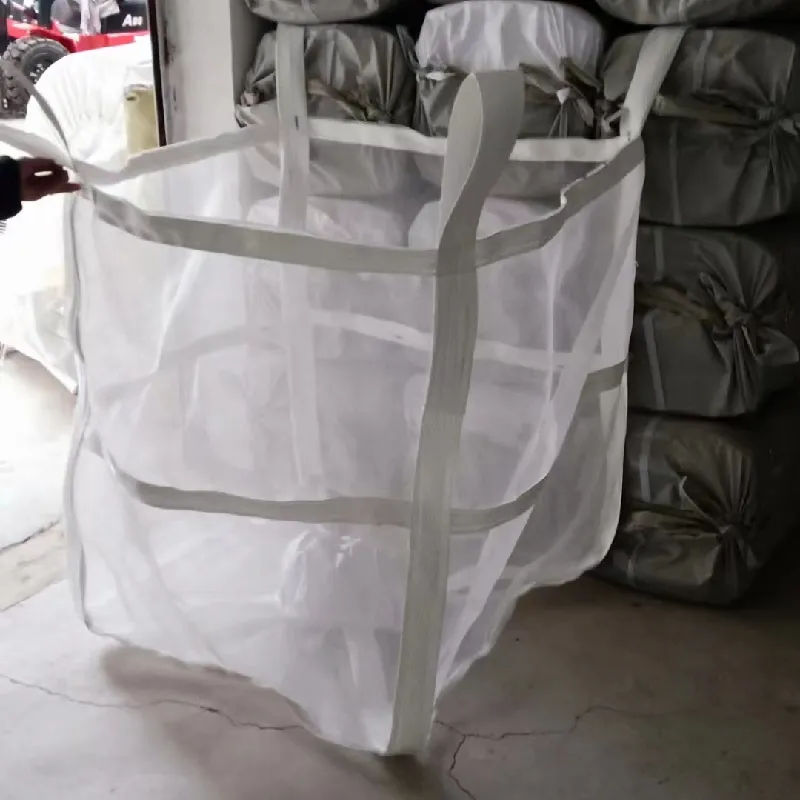-
 Afrikaans
Afrikaans -
 Albanian
Albanian -
 Amharic
Amharic -
 Arabic
Arabic -
 Armenian
Armenian -
 Azerbaijani
Azerbaijani -
 Basque
Basque -
 Belarusian
Belarusian -
 Bengali
Bengali -
 Bosnian
Bosnian -
 Bulgarian
Bulgarian -
 Catalan
Catalan -
 Cebuano
Cebuano -
 China
China -
 Corsican
Corsican -
 Croatian
Croatian -
 Czech
Czech -
 Danish
Danish -
 Dutch
Dutch -
 English
English -
 Esperanto
Esperanto -
 Estonian
Estonian -
 Finnish
Finnish -
 French
French -
 Frisian
Frisian -
 Galician
Galician -
 Georgian
Georgian -
 German
German -
 Greek
Greek -
 Gujarati
Gujarati -
 Haitian Creole
Haitian Creole -
 hausa
hausa -
 hawaiian
hawaiian -
 Hebrew
Hebrew -
 Hindi
Hindi -
 Miao
Miao -
 Hungarian
Hungarian -
 Icelandic
Icelandic -
 igbo
igbo -
 Indonesian
Indonesian -
 irish
irish -
 Italian
Italian -
 Japanese
Japanese -
 Javanese
Javanese -
 Kannada
Kannada -
 kazakh
kazakh -
 Khmer
Khmer -
 Rwandese
Rwandese -
 Korean
Korean -
 Kurdish
Kurdish -
 Kyrgyz
Kyrgyz -
 Lao
Lao -
 Latin
Latin -
 Latvian
Latvian -
 Lithuanian
Lithuanian -
 Luxembourgish
Luxembourgish -
 Macedonian
Macedonian -
 Malgashi
Malgashi -
 Malay
Malay -
 Malayalam
Malayalam -
 Maltese
Maltese -
 Maori
Maori -
 Marathi
Marathi -
 Mongolian
Mongolian -
 Myanmar
Myanmar -
 Nepali
Nepali -
 Norwegian
Norwegian -
 Norwegian
Norwegian -
 Occitan
Occitan -
 Pashto
Pashto -
 Persian
Persian -
 Polish
Polish -
 Portuguese
Portuguese -
 Punjabi
Punjabi -
 Romanian
Romanian -
 Russian
Russian -
 Samoan
Samoan -
 Scottish Gaelic
Scottish Gaelic -
 Serbian
Serbian -
 Sesotho
Sesotho -
 Shona
Shona -
 Sindhi
Sindhi -
 Sinhala
Sinhala -
 Slovak
Slovak -
 Slovenian
Slovenian -
 Somali
Somali -
 Spanish
Spanish -
 Sundanese
Sundanese -
 Swahili
Swahili -
 Swedish
Swedish -
 Tagalog
Tagalog -
 Tajik
Tajik -
 Tamil
Tamil -
 Tatar
Tatar -
 Telugu
Telugu -
 Thai
Thai -
 Turkish
Turkish -
 Turkmen
Turkmen -
 Ukrainian
Ukrainian -
 Urdu
Urdu -
 Uighur
Uighur -
 Uzbek
Uzbek -
 Vietnamese
Vietnamese -
 Welsh
Welsh -
 Bantu
Bantu -
 Yiddish
Yiddish -
 Yoruba
Yoruba -
 Zulu
Zulu
nets insect
The Fascinating World of Insect Nets
Insects, the most diverse group of organisms on our planet, play vital roles in ecosystems as pollinators, decomposers, and food sources for other animals. Yet, with their dominance in numbers and species, these tiny creatures can also be pests, damaging crops and spreading diseases. To manage and study insect populations, scientists and agriculturalists often utilize insect nets, a crucial tool for both research and pest control.
Insect nets come in various designs and materials, each tailored to specific purposes. For entomologists, fine mesh nets are essential for catching and studying insects without causing harm. These nets allow researchers to collect specimens in the field easily, offering insights into insect behavior and biodiversity. The delicate structure prevents small insects from escaping while enabling the study of larger ones, providing a wealth of data on population dynamics and ecology.
The Fascinating World of Insect Nets
The materials used in insect nets vary widely, from polyester and polyethylene to nylon and specialized coatings that enhance durability and UV resistance. Mesh size is another critical factor; smaller holes can trap even the tiniest insects while allowing beneficial pollinators like bees and butterflies to pass through. This selective barrier not only protects crops but also fosters a healthy ecosystem, allowing important insect species to thrive.
nets insect

Moreover, the application of insect nets extends beyond agriculture and research. In urban environments, these nets can be utilized to control mosquito populations, a pressing issue in many cities worldwide. Mosquito nets, often treated with insecticides, provide a protective barrier for communities, reducing the risk of diseases such as malaria and dengue fever. Public health initiatives frequently promote their use, showcasing the multifaceted benefits of insect nets.
Even in backyard gardening, insect nets prove invaluable. Home gardeners can easily drape these nets over young plants to keep harmful insects away while allowing beneficial insects to enter. This practice minimizes crop loss and reduces the reliance on chemical treatments, aligning with the growing trend of organic gardening.
There is also an emerging interest in innovative designs and technologies related to insect nets. Some researchers are exploring the integration of solar panels with insect netting, allowing for energy generation while providing pest control. Others are experimenting with biodegradable materials for nets, aiming to reduce plastic waste in agricultural practices. These advancements demonstrate the potential for insect nets not only to address immediate pest issues but also to contribute to sustainable practices.
In conclusion, insect nets are indispensable in managing insect populations, protecting crops, and promoting ecological balance. Their versatility finds applications in research, agriculture, urban settings, and home gardens, highlighting their significance in various fields. As we continue to understand the intricacies of insect ecosystems and the challenges posed by pests, the role of insect nets will undoubtedly evolve, ushering in new practices and innovations that benefit both natural environments and human endeavors. Embracing these tools is not just a matter of convenience; it's a step toward a more sustainable and harmonious coexistence with the myriad insects that share our world.
-
Shipping Plastic Bags for Every NeedNewsJul.24,2025
-
Safety Netting: Your Shield in ConstructionNewsJul.24,2025
-
Plastic Mesh Netting for Everyday UseNewsJul.24,2025
-
Nylon Netting for Every UseNewsJul.24,2025
-
Mesh Breeder Box for Fish TanksNewsJul.24,2025
-
Expanded Steel Mesh Offers Durable VersatilityNewsJul.24,2025











